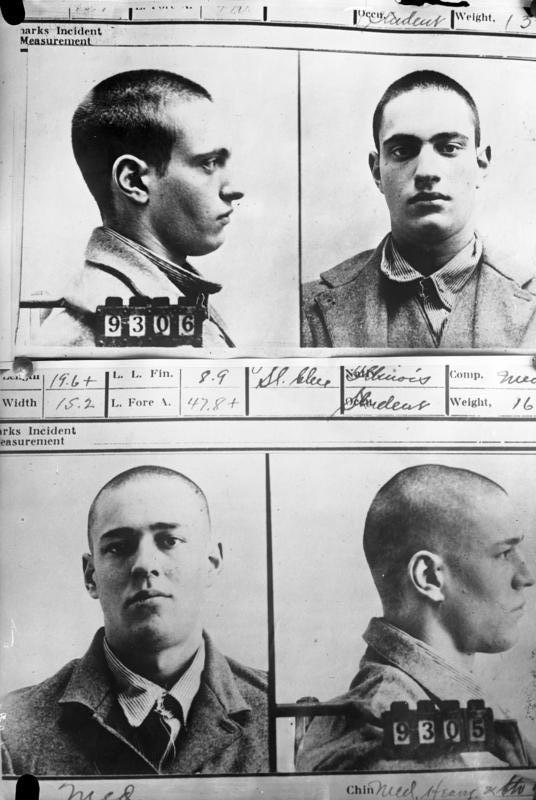By R.B. Moreno
Earlier this week I accepted an invitation to join the University of South Dakota English Department's
PhD program, where I look forward to studying creative writing, publishing nonfiction, and teaching composition, among other courses. From USD.edu, a thumbnail sketch of the degree:
The Ph.D. program is built around the English Department's seminar offerings in nineteenth- and twentieth-century literature and in creative writing, and is supplemented by independent study courses ... Within these specializations, you'll construct your own plan of study to reflect your interests.
The Department also offers a
list of FAQs about its PhD and a
news blog. USD's literary associations include
South Dakota Review, edited by
Brian Bedard and
Lee Ann Roripaugh, the
Dakota Writing Project, and the
Vermillion Literary Project, which is
hosting a reading next week.
USD is the state's oldest university and its 216-acre campus in
Vermillion currently serves about 10,000 students. Ten governors have graduated from USD along with
William "Doc" Farber,
Tom Brokaw,
Al Neuharth,
Ernest G. Bormann, and embattled
Greg Mortenson, among other alumni.
Vermillion was founded on the banks of the
Missouri River shortly before the Civil War but was largely destroyed in an 1881 flood. The reconstructed seat of
Clay County now sits on higher ground whose earliest admirers included the
Lakota ("Red Stream," they called the area), Pacific-bound
Lewis and Clark, and in 1843,
John James Audubon.
April in Vermillion looks cold and wet, a boon for checkered farmland visible from
Google Earth. And somewhat more tranquil than the forecast for RBM's
last departure from Colorado.













